Need for Nutrition Awareness: Transferring Food from Field to Plate
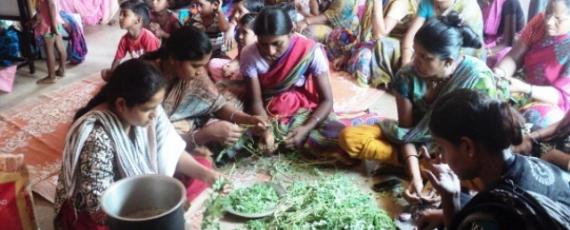
Baseline status assessment under the study Farming System for Nutrition (FSN) study in selected villages in Wardha district, Maharashtra and Koraput district, Odisha, revealed that the diets of the people is predominantly cereal-based. Wheat is the staple food in Wardha and rice in Koraput. There is low dietary diversity at both household and individual levels. In Koraput, it was found that though there is relatively higher vegetable production, it is largely sold in the market. Ragi (finger millet), which is more nutrient dense when compared to rice, is consumed on a daily basis in Koraput but only a very small quantity of ragi is prepared into large quantity of liquid gruel. Even though the livestock population is high in both locations, milk consumption is meagre. In Wardha, it is sold in the market as liquid milk or converted to yogurt and sold. Several studies have established that dietary diversity plays an important role in the nutritional status of the community.
In Koraput, consumption of rice was much higher than the recommended dietary intake per day given by Indian Council of Medical Research. This shows that the energy intake is not equal to the energy output as they spend more energy for their daily activities than that they consume.
It was found that the prevalence of undernutrition increased as the age of children increased from 0 to 2 years to 3 to 5 years as that is the period when the child is shifted completely from breast feeding and complementary feeding to family food. The calorie and protein intake through diet was not sufficient during this period of transition. Astonishingly in school going and adolescent age, boys were found to be more undernourished than girls in both the locations. This condition did not continue as when the age increased to more than 18 years; adult women were found to be more undernourished than men. There are some unknown dynamics that play a crucial role here.
Anaemia (more than 60%) and vitamin A deficiency (35%) was found to be high in both the locations. Studies have established that nutri-garden of fruits and vegetables can help to address the issue. In Maliguda village of Koraput district, where vegetable production was good, prevalence of anaemia was lower at 30%. Since prevalence levels were much lower than in the other study villages, other factors such as lack of sanitation facilities could be the cause of the problem. About 99% of the households in Koraput and 78% in Wardha practice open defecation. Social and cultural taboos also have a role. Consumption of tobacco was found to be higher in Koraput and this could be another reason for high prevalence of undernutrition.
It is clear from the above that in addition to improving agriculture production and practices, nutrition awareness on balanced diet, dietary diversity and sanitation and hygiene is very important for the community to understand and overcome their current poor nutritional status. Building a rapport with the community is the important and initial step to start the nutritional awareness programme. Sharing the prevailing nutritional status and their causes with the community members helps them to understand the need for taking steps to address them.
There are various tools that have been successfully used to conduct nutrition awareness programme. Training volunteers identified by the village panchayat and community members is an effective tool. They know the needs of their community and become the messengers of nutrition awareness to address the problems of undernutrition in their community.
Adult men and women are the decision makers of agricultural activities and they are the target groups to start the awareness activities on dietary diversity, effects of malnutrition, child caring and feeding practices, nutri-garden, sanitation and hygiene etc. Social taboos and controls are also institutionalised by adults and heads of households and hence addressing the elders and decision makers at the household level would be more helpful in tackling the problems. As agriculture forms the basis for addressing the malnutrition status, allied challenges like lack of agricultural inputs, soil analysis, poor livestock management etc., can be met by harnessing government entitlements. Entitlements are available for almost all aspects of agricultural production including crop insurance and this need to be tapped. All the barriers to integrating nutrition concerns in agricultural system as well as consumption pattern (chewing of tobacco, alcohol etc) need to be addressed through nutrition awareness to address the problem of undernutrition through farming system. The nutrition awareness strategy in the FSN study areas is being developed in this manner, with the participation of members from the community to be the champions of ‘Nutrition Awareness’ for good health.

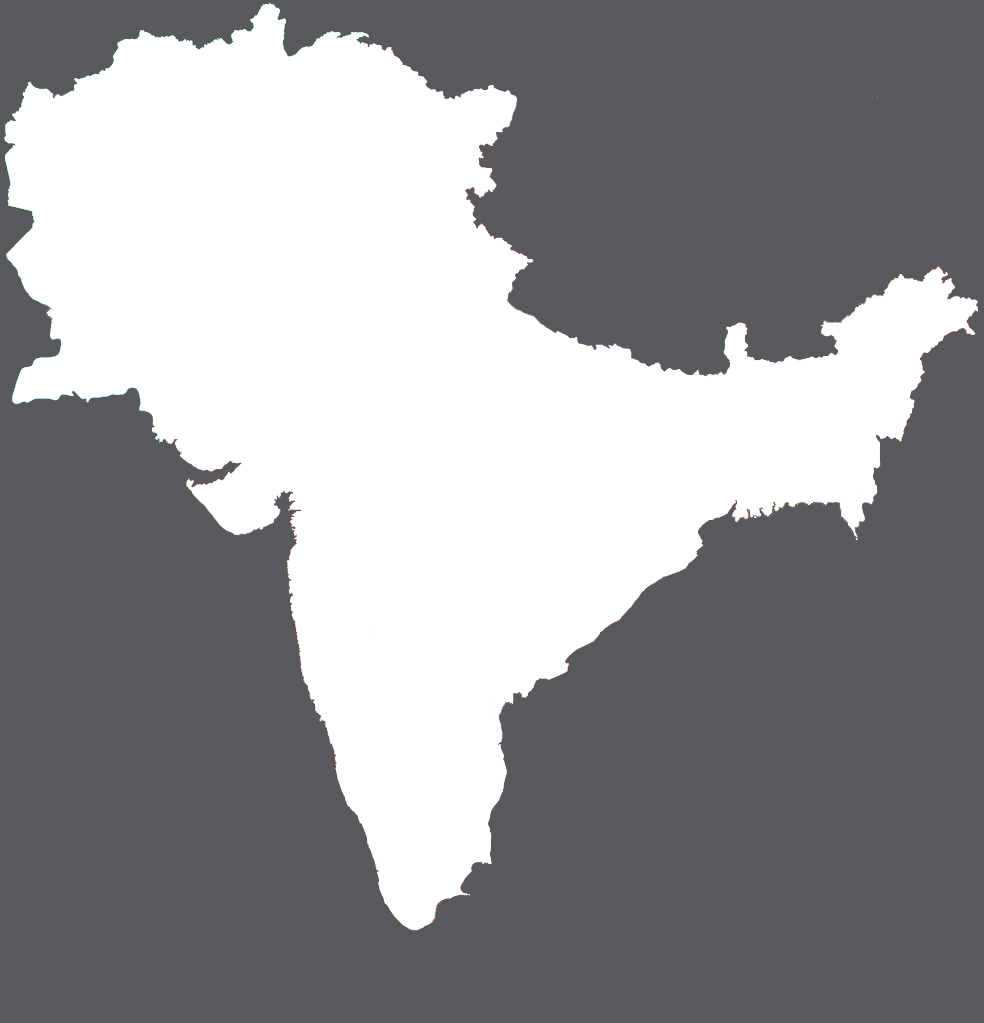
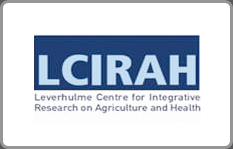
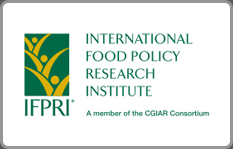



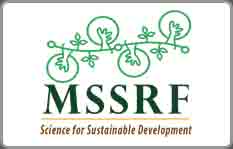
Add new comment